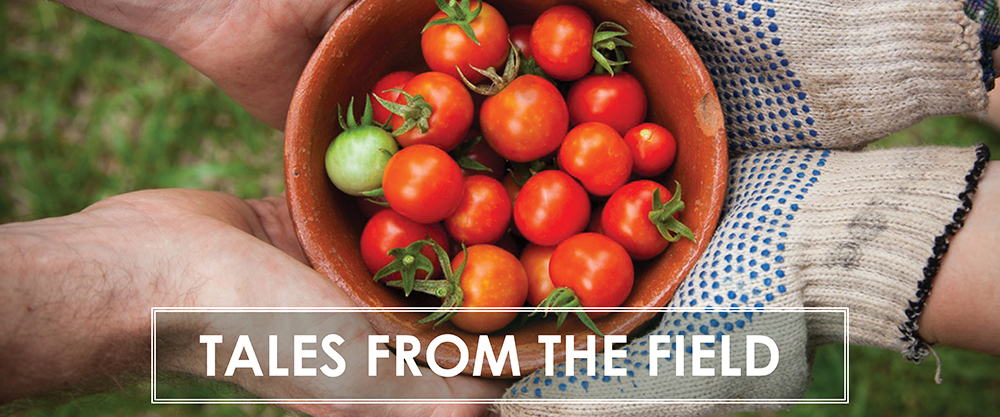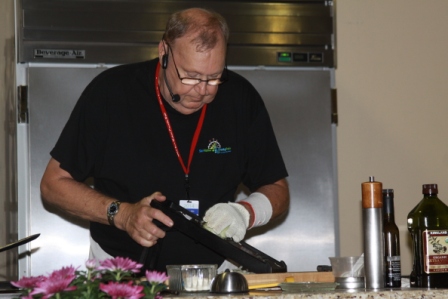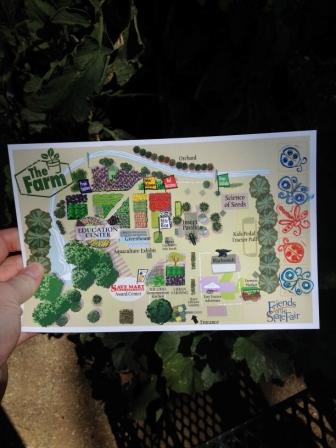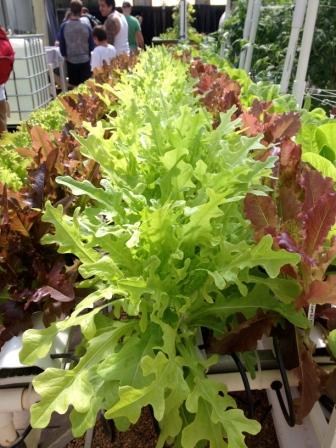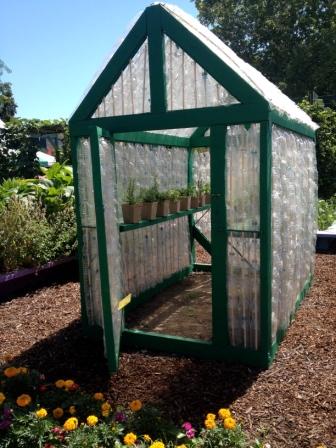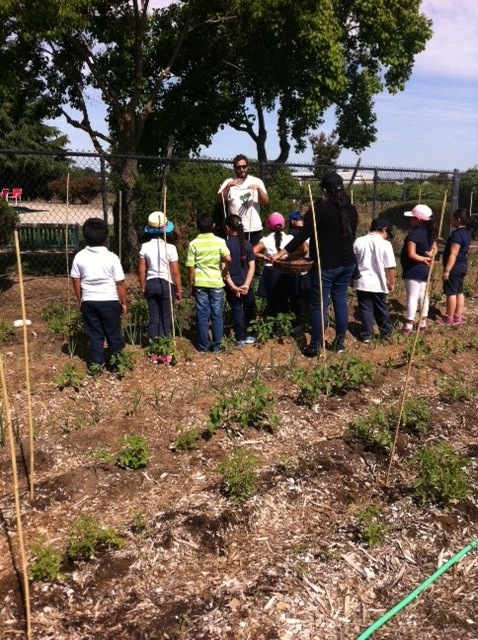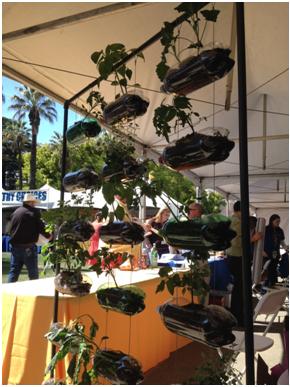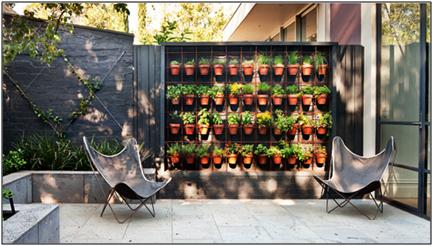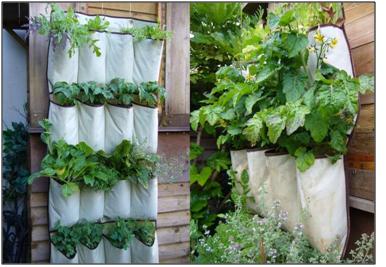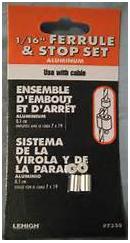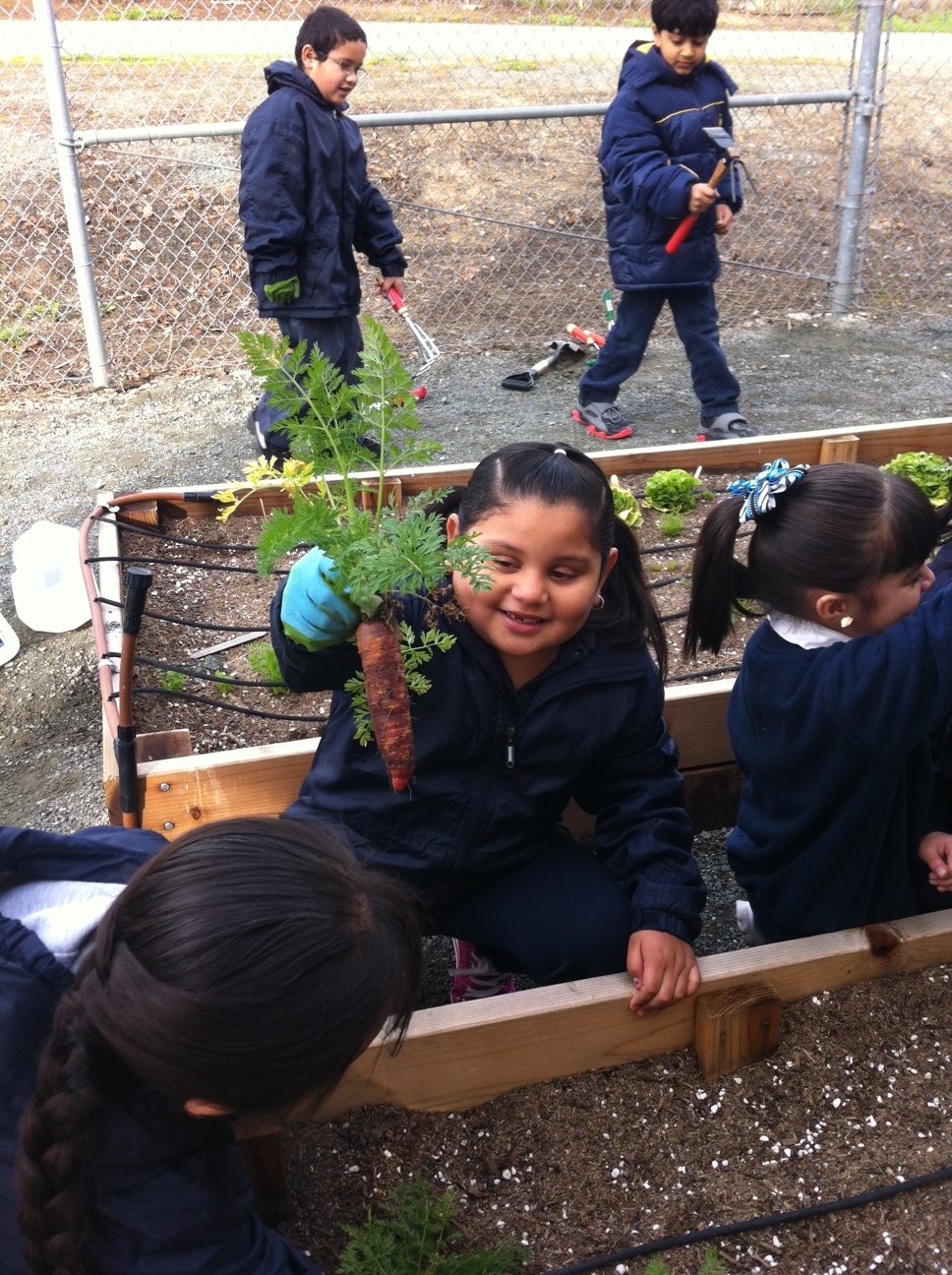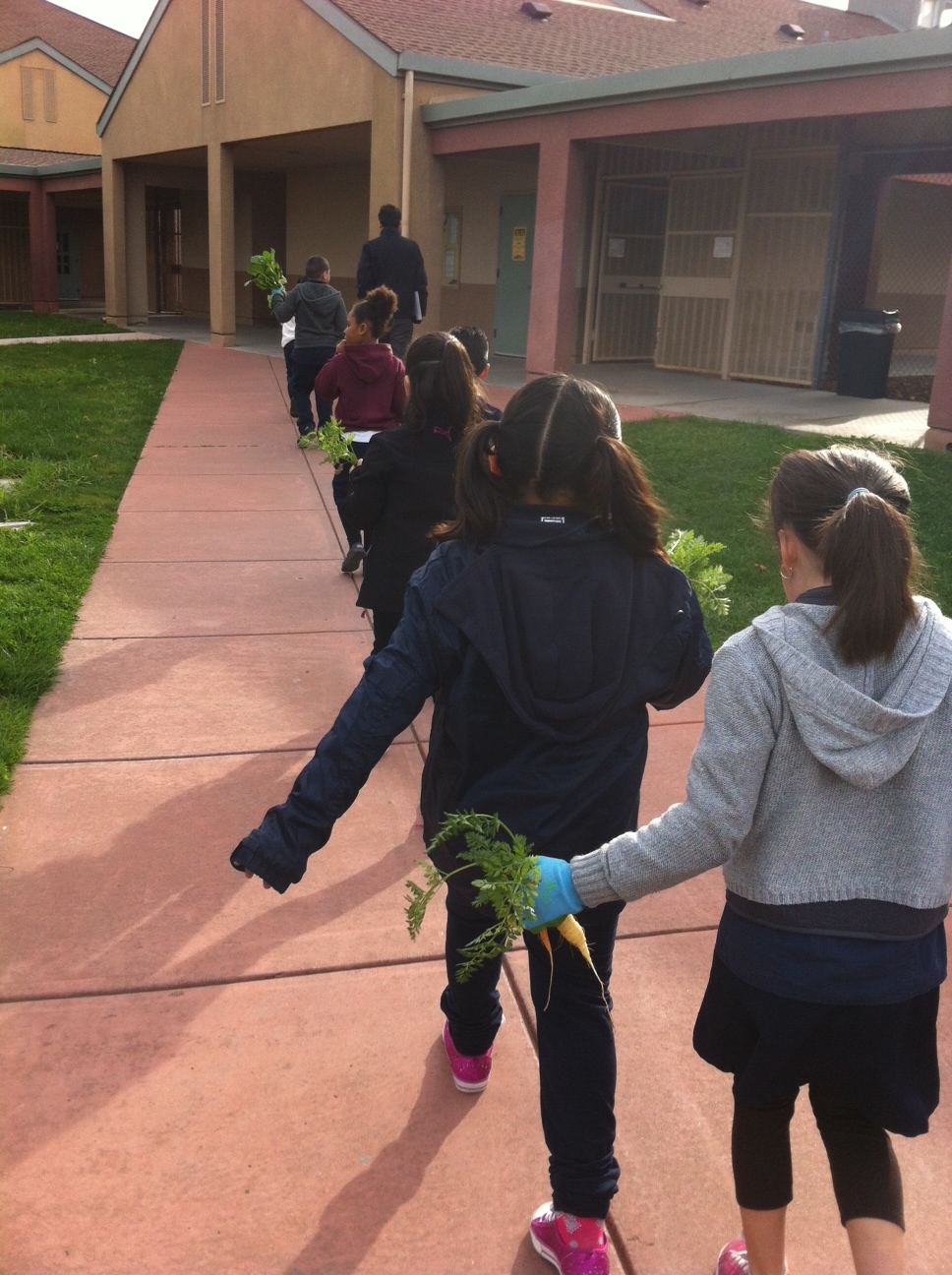Check out the below grant opportunities through the United States Department of Agriculture (USDA)
USDA Agricultural Marketing Service (AMS) Grants Promoting Local Food Access
Applications are due by June 20th, 2014.
2014 Farmers Market Promotion Program (FMPP) Grants
The Agricultural Marketing Service (AMS) has announced the availability of approximately $15 million in competitive grant funds in fiscal year (FY) 2014 to be awarded through the Famers Market Promotion Program. The Farmers’ Market Promotion Program (FMPP) is a component of the Farmers Marketing and Local Food Promotion Program (FMLFPP), which is authorized by the Farmer-to-Consumer Direct Marketing Act of 1946, as amended (7 U.S.C. 3005). The FMPP is a competitive grant program administered by the Marketing Services Division (MSD) of AMS. The goals of FMPP grants are to increase domestic consumption of and access to locally and regionally produced agricultural products, and to develop new market opportunities for farm and ranch operations serving local markets by developing, improving, expanding, and providing outreach, training, and technical assistance to, or assisting in the development, improvement, and expansion of domestic farmers’ markets, roadside stands, community-supported agriculture programs, agritourism activities, and other direct producer-to-consumer market opportunities. The minimum FY2014 FMPP award per grant is $15,000 and the maximum is $100,000. An applicant is limited to no more than one grant in a grant-funding year. FMPP funding will be available for use beginning in October 2014. Project work should begin in October 2014 and end not later than October 2016. Matching funds are not required. NOTE: All applicants must follow the 2014 FMPP Announcement for application instructions and requirements, found on the FMPP website.
For more information visit http://www.grants.gov/web/grants/view-opportunity.html?oppId=254875 and www.ams.usda.gov/FMPP
Who: Agricultural Businesses, Agricultural Cooperatives, Community Supported Agriculture (CSA) Networks, CSA Associations, Economic Development Corporations, Local Governments, Nonprofit Corporations, Producer Networks, Producer Associations, Public Benefit Corporations, Regional Famers Market Authorities, Tribal Governments
PowerPoint Presentation FMPP Overview
Recorded Webinar for FMPP Overview
Contact for Questions: USDAFMPPQuestions@ams.usda.gov
2014 Local Food Promotion Program Grants
The Local Food Promotion Program is a component of the Farmers Marketing and Local Food Promotion Program (FMLFPP), authorized by the Farmer-to-Consumer Direct Marketing Act of 1946, as amended (7 U.S.C. 3005). Under FMLFPP, the second completive grant program is the Local Food Promotion Program (LFPP). LFPP offers grant funds with a 25% match to support the development and expansion of local and regional food business enterprises to increase domestic consumption of, and access to, locally and regionally produced agricultural products, and to develop new market opportunities for farm and ranch operations serving local markets. Two types of project applications are accepted under LFPP—planning grants and implementation grants. Applicants can apply for either but will receive only one type of grant in the same grant cycle. LFPP Planning Grants: used in the planning stages of establishing or expanding a local and regional food business enterprise. Activities can include but are not limited to market research, feasibility studies, and business planning. A minimum of $5,000 and a maximum of $25,000 will be awarded for any one proposal, and the grants must be completed within a 12 month period; extension will not exceed an additional 6 months. LFPP Implementation Grants: used to establish a new local and regional food business enterprise, or to improve or expand an existing local or regional food business enterprise. Activities can include but are not limited to training and technical assistance for the business enterprise and/or for producers working with the business enterprise; outreach and marketing to buyers and consumers; working capital; and non-construction infrastructure improvements to business enterprise facilities or information technology systems. A minimum of $25,000 and a maximum of $100,000 will be awarded for any one proposal, and the grants must be completed within a 24 month grant period; extension will not exceed an additional 6 months.
For more information, visit http://www.grants.gov/web/grants/view-opportunity.html?oppId=254882 and http://www.ams.usda.gov/AMSv1.0/lfpp
Who: Agricultural Businesses, Agricultural Cooperatives, Producer Networks, Producer Associations, Community Supported Agriculture Networks, Community Supported Agriculture Associations, and other Agricultural Business Entities (for-profit groups); Nonprofit Corporations; Public Benefit Corporations; Economic Development Corporations; Regional Farmers’ Market Authorities; and Local and Tribal Governments
PowerPoint Presentation for LFPP Overview
Recorded Webinar for LFPP Overview
Contact for Questions: Nicole.nelson@ams.usda.gov
